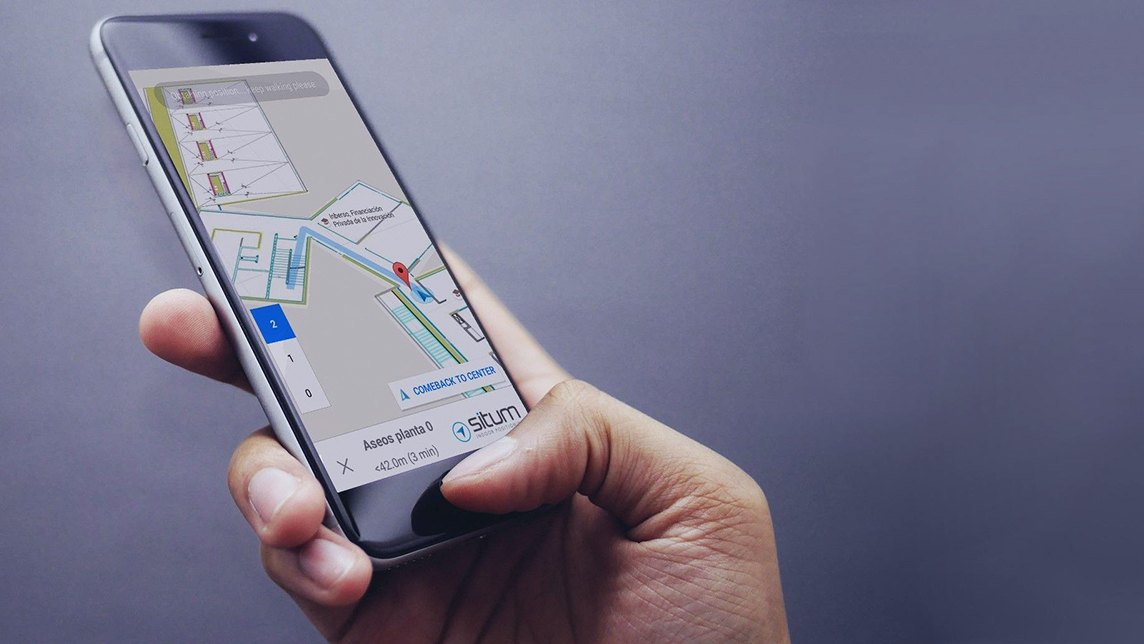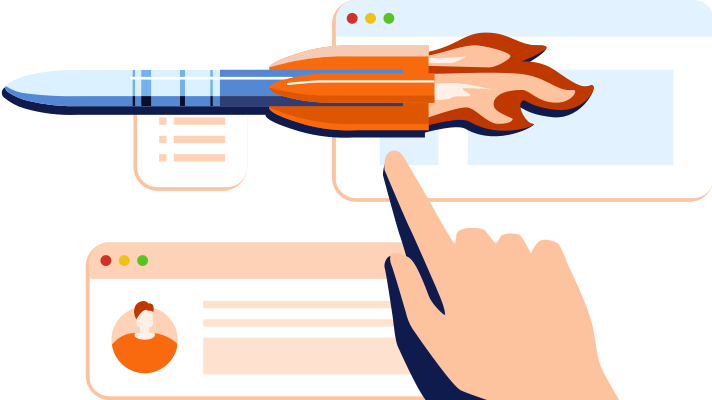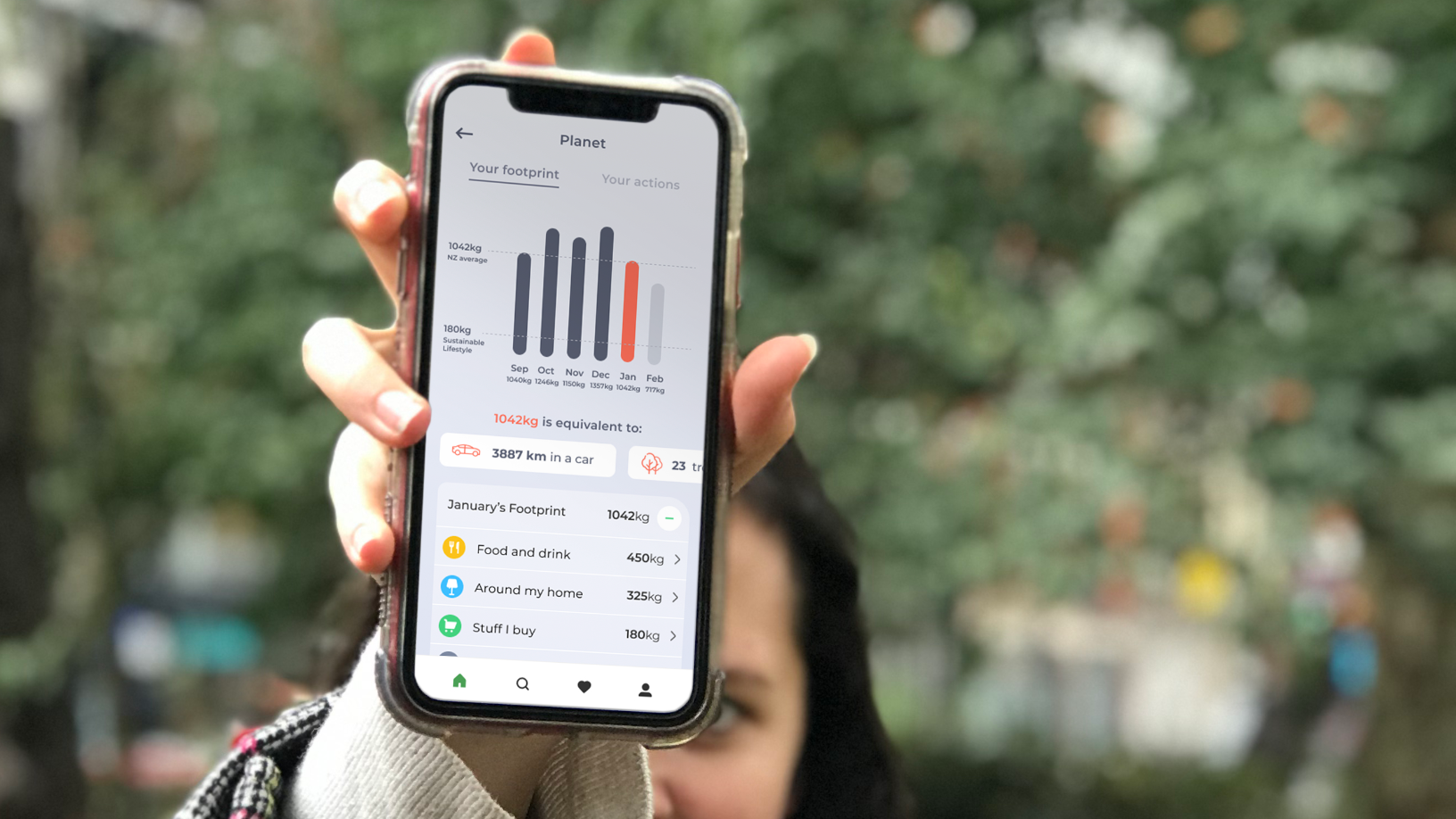Love can inspire many things, including scientific invention, as was in the case of Victor Álvarez Santos. The intelligent systems specialist dreamt of designing and building a robot that could physically guide his visually impaired girlfriend, now wife, in her daily movements about. In fact, that was the subject of his PhD paper, "Development of a general purpose tour-guide robot able to learn routes from people and to adapt and move in unstructured and crowded environments."
Álvarez's research also laid the foundations of Situm Technologies ("Situm"), an indoor positioning tech startup he co-founded in early 2015 with Adrián Canedo Rodríguez and Cristina Gamallo Solorzano, fellow researchers he met while at CITIUS (Singular Research Center in Information Technology) in the Spanish region of Galicia.
Backed by over a decade of research in AI, Situm has attracted funding from investors such as Amadeus Ventures. Its indoor positioning tech is used in many major office buildings, including Telefónica, BBVA, Nvidia in Silicon Valley, the European Patent Office building and some banks in Singapore.
"Situm does not use special sensors as our tech was based on two premises: standard pieces and minimum cost," the company's co-founder and Vice-President of Business Development Gregory Botanes told CompassList in an interview at the 4YFN conference in Barcelona earlier this year.
"It uses the conventional devices and existing sensors found in any building (Wi-Fi, magnetic field, light signals), and also collects movement information through the electromagnetic sensors of smartphones as Situm's tech can use any device as an assistant."
Currently, Situm is closing a €3m investment round by the French government, Amadeus Ventures and a Galician-government entity. They had jointly extended the startup participatory loans in late December 2017 and will become shareholders of the company with this new round of funding. Situm expects to use the monies toward consolidating its international expansion and boosting hiring to scale the company.
Were Situm based in a Nordic country, Botanes said, the company's traction to date would probably have won it a greater quantum of funding, say, €10m. He did note, however, that being a Galician company has its advantages too, including being able to run at reasonable costs, be conservative in expenses and investments, and grow organically.
Early woes
Situm is a spinoff from the University of Santiago de Compostela in Galicia, where Álvarez completed his PhD. The startup began with an initial capital of €150,000 forked out by its co-founders, with an equal funding matched by the university. The company continues to have the support of heavyweight technical advisors, including three professors of mobile robotics and AI from the university. One of them is Professor Sesén Barro, who was Rector between 2002–2010 and currently Professor of Computer Science and Artificial Intelligence.
Despite the co-founders reinvesting all their first-year profits back into the project – a testament to their commitment – the startup came under financial pressure, finding relief only in December 2017 when the participatory loans were secured.
Specializing in indoors wayfinding and tracking, Situm's product has various features, including cartography, real-time location, analytics, geo-located alarms and users management. All users have to do is upload a building plan to the dashboard or management panel of Situm's application and it calibrates and maps the building by collecting all available signals from different parts of the building.
Once a mobile device or user is located on the map, the application can provide directions to a chosen point while indicating the distance to be traveled in meters and tracking the user's location in real time on the dashboard.
"It's like Google Maps. It tells the user what to do without requiring further installation of hardware or software,” said Botanes, explaining that Situm's technology works in any building as it automatically detects every signal emitted, whether by routers, API points or magnetic fields, including the electromagnetic fields produced by mobile phones.

Accuracy of 1–5 meters
"Magnetic fields are singular to each point so that the collected signals [i.e., the data], including by inert sensors, are analyzed using AI. That's where the magic of the system is," Botanes said.
Situm's algorithm achieves positioning with accuracy of between 1 and 5 meters, depending on the characteristics of the building and the number of people in it. CompassList witnessed a Situm tech demonstration in an open, diaphanous and crowded building at the 4YFN conference.
"Requiring minimum infrastructure, Situm's indoor positioning is much cheaper to install, and does not need cables or authorizations," Botanes added. It is neither intrusive nor disruptive, and requires no facility maintenance or tech harmonization.
"As a cross-positioning technology, it can be applied to guiding, analysis, navigating a building, personnel monitoring and to improve companies’ productivity and efficiency."
It does not rely on triangulation, but on an intelligent processing at sensory level, combining radio-electromagnetic and podometry (PDR or Pedestrian Deep Recorder) signals.
Sales up fourfold
Situm's tech includes a Real-Time Locating System (RTLS), mapping tools, dashboard, SDK and API Rest. It is compatible with the iOS and Android platforms so mobile phones can be used as assistant devices wherever they are placed.
"For example, Situm's technology can be used to optimize the trajectories of indoor trucks in automotive factories – which helps to save between €2m and €3m per year per factory – or to monitor mechanics positioning," Botanes said. In this sector, Situm has worked with Nissan and started participating in a PSA Group's Industry 4.0 related project.
Situm's 2018 sales quadrupled from the previous year. This year, the company targets doubling its 2018 sales figures. Its technology is used in more than 40 countries and 4,000 buildings. It currently employs 25 people, 90% of whom are engineers dedicated to R&D and business development.
Current clients include Acciona, Ferrovial, Aeclot (Association of Spanish Collectors of Lottery), Emaelo, Pronovias, El Corte Inglés, which is launching an app based on Situm’s technology. The startup continues to expand through pilots for prospective clients, e.g., Carrefour and cruise companies with intelligent ships.
Where airports are concerned, Situm is used in Spain and soon, Peru and other parts of Europe. The healthcare sector is another big market, namely in 25 public hospitals in Galicia and some private ones in the rest of Spain managed by Quirón and Sanitas, as well as in the largest hospitals in Turkey. Other verticals include retail malls, ports, markets, logistics centers, football and basketball stadiums, and congress and concert venues.
Telecommunications is an important new market. "We have a five-year training agreement with the first mobile operator in Thailand, AIS, and we are developing an application to monitor Telefónica’s installations," revealed Botanes.
Three pricing models
The company has worked out three income sources: direct sales to final customers; customized licensing to individual buildings, where they charge integrators an annual fee for unlimited use, depending on the size and type of building; and a fee per device and year formula, which includes troubleshooting and maintenance visits a couple of times a year. The last tends to be used by security companies and one-off events such as conferences, congresses, concerts and corporate events.
"We offer our technology through our platform. It has five components: the positioning engine, the mapping tool, the dashboard or integral management tool, the SDK or developer kit, and the POS that allows the software to be integrated into these functions," Botanes added.
In addition, the startup has developed functions such as Situm RM (Situm Mobile), a platform for tracking moving human figures, targeting the maintenance, cleaning and management markets. It is used to assess presence, to monitor and control indoor trucks in factories, in cartography, in real-time visualization, for example.
In the medium term, Situm plans to expand in the industrial sector while consolidating its edge in the transport and retail markets. Longer term, it wants to become the benchmark consolidated indoor positioning solution for all uses, i.e., the Google Maps for outdoor positioning.










